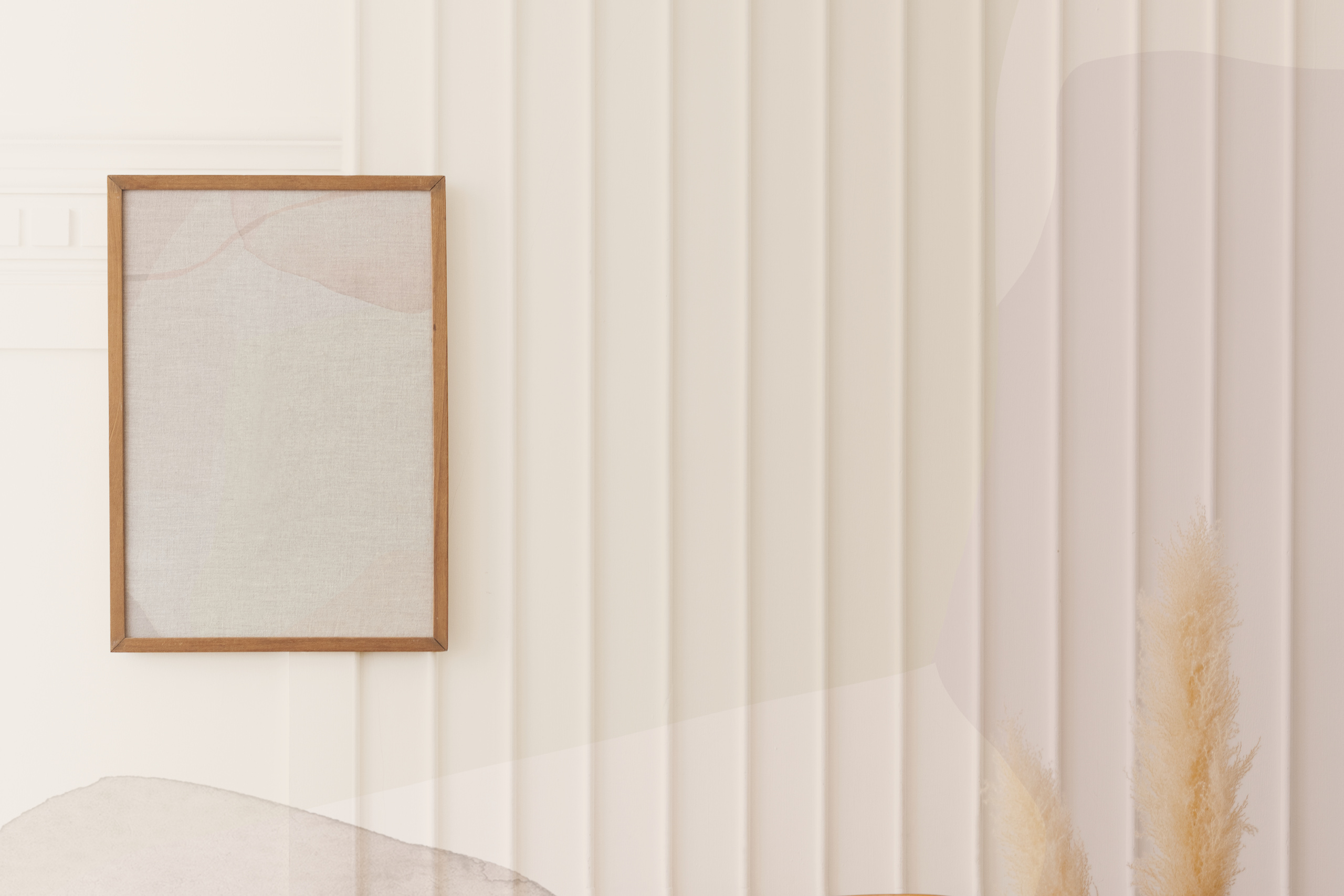Title: The Art of Wall Moulding: How a Few Lines Can Transform Your Space
I have this theory: the most underrated hero in home decor is, hands down, wall moulding. No one ever talks about it, but when done right, it can completely elevate a room from “meh” to “wow.” You know the feeling when you step into a space, and something about it just feels… sophisticated? That’s wall moulding at work. It’s the subtle touch that doesn’t scream for attention but somehow manages to steal the show.
Now, I get it—wall moulding might not be the first thing that pops into your head when you think about redecorating your living room or bedroom. You’re probably more concerned with the furniture, the color palette, and the lighting. But here’s the thing: the walls are the canvas of your room, and wall moulding is the brushstroke that adds that extra flair, that touch of class, and that bit of architectural magic.
So, if you’re ready to learn the secrets behind how a few carefully placed mouldings can transform your space, grab a cup of coffee, sit back, and let’s dive into the world of wall moulding design. Trust me, by the end of this, you’ll be convinced that this humble detail is worth all the hype.
What Exactly Is Wall Moulding?
Before we get into the nitty-gritty of designs and ideas, let’s clear up what wall moulding actually is. Wall moulding refers to the decorative trim or framing that’s added to the edges or corners of a wall, or sometimes even in the middle of the wall itself. It’s typically made from wood, plaster, or, in more modern homes, polyurethane.
Moulding has been around for centuries—seriously, since ancient Greece and Rome. It was originally used to add a sense of grandeur to a room, usually in palaces and wealthy homes. Think of it as the home’s jewelry. But don’t worry, you don’t need a palace budget to make this work in your apartment.
Why Should You Care About Wall Moulding?
Now, let’s talk about why you should consider adding wall moulding to your space. A few strips of moulding can do wonders for your home’s aesthetic. Here’s why:
1. Aesthetic Upgrade
At its core, moulding is like the cherry on top of a sundae. It’s the visual equivalent of a well-tailored jacket or a pair of polished shoes. Moulding adds definition to your walls, making the room look more finished and polished. Without it, a room can feel… well, flat.
2. Creates Architectural Interest
Moulding is like the secret sauce for your walls. It can take a basic, boxy room and add a touch of architectural character. Whether it’s a subtle raised trim around the door or an intricate pattern running along the edges, moulding gives depth and dimension to your walls.
3. Frames Your Space
Think of moulding as a frame for your room. Just like a photo frame draws attention to a picture, moulding can direct the eye and highlight certain features in a room. It can give the illusion of higher ceilings, make your space feel more expansive, or even define areas within an open-plan space.
4. Increases Property Value
Here’s a little secret that most home decorators won’t tell you: wall moulding can actually add value to your property. It’s one of those design choices that instantly makes a home look more luxurious without breaking the bank.
Different Types of Wall Moulding Designs
Alright, now that we’ve convinced you that moulding is worth your time, let’s dive into some design ideas. There are several ways to play around with moulding, depending on the vibe you want to create. Let’s explore a few classic options.
1. Crown Moulding
Crown moulding is perhaps the most iconic type of moulding, and for good reason. It runs along the junction between the walls and ceiling, adding a clean, sophisticated finish. The beauty of crown moulding is that it works in almost every room, from living rooms to bedrooms. It’s perfect for creating a sense of elegance without being too over-the-top.
Pro Tip: Opt for a more subtle crown moulding design for smaller rooms to avoid overwhelming the space.
2. Baseboards
Baseboards are another essential moulding type, but they’re often overlooked. They cover the lower part of the walls where they meet the floor and can do wonders in grounding a room. Baseboards come in all shapes and sizes, from simple and sleek to grandiose and detailed. If you’re after a more modern vibe, go for straight-edged, simple baseboards. For a classic look, opt for something with a bit more flair, like a rounded or beveled design.
3. Chair Rail Moulding
Chair rail moulding is a design element that typically sits halfway up the wall, protecting it from scuffs and bumps from chairs (hence the name). But don’t think of it as just functional—when done right, it adds a decorative touch that helps define the space. You can even use it to create an interesting two-tone look on your walls.
4. Wainscoting
Wainscoting is a type of paneling that usually covers the lower half of the wall. It’s often associated with a more traditional, formal style but can be used in modern homes too. The beauty of wainscoting is that it adds texture and interest to the wall. Whether you go for a simple flat panel design or something more intricate, wainscoting can be a game-changer in spaces like living rooms or dining rooms.
5. Picture Rail
If you’re the type to hang lots of artwork, then a picture rail moulding is your best friend. Installed a few inches below the ceiling, this type of moulding allows you to hang pictures or frames without damaging the wall. It’s not only practical but also adds a timeless, gallery-style vibe to your space.
6. Panel Moulding
For a more elevated look, panel moulding is your go-to choice. This involves using moulding to create geometric patterns or grids on the wall, usually in the form of squares or rectangles. It adds a striking visual impact, especially when paired with neutral-colored walls.
Where to Use Wall Moulding in Your Home
Okay, we’ve covered the various types of wall moulding out there, but where do you actually put it? The answer depends on the room’s purpose and design style, but let’s break it down by room.
Living Room
Living rooms are the prime space for crown moulding, baseboards, and maybe even some picture rail moulding. Since this room is often where you entertain, it’s important to make it feel warm, inviting, and polished. Crown moulding around the ceiling will elevate the space, while baseboards can help tie the room together.
Bedroom
In the bedroom, opt for something soft and subtle. Chair rail moulding or a simple baseboard design can help add character to your space without overwhelming the room. If you have high ceilings, consider adding crown moulding to bring balance to the space.
Hallways and Entryways
Hallways are great places to experiment with panel moulding. By creating geometric shapes on your walls, you can add texture and interest without crowding the space. In entryways, a bit of chair rail or wainscoting can help protect your walls from the daily wear and tear of coats, bags, and shoes.
Dining Room
If you’re aiming for an elegant dining room, wainscoting is the perfect choice. It provides texture and a formal feel, while the lower portion of the wall remains protected from spills and bumps.
Final Thoughts: Is Wall Moulding Worth It?
In the end, wall moulding is more than just a decorative detail—it’s an investment in your home’s overall aesthetic. Whether you’re looking to add elegance, depth, or personality to your space, moulding is the way to go. It’s a subtle touch that makes a huge difference.
So, the next time you’re redecorating, consider adding some wall moulding to the mix. You’d be amazed at how a few inches of trim can completely change the vibe of a room. With the right design, your walls will no longer just be… walls—they’ll be an integral part of the room’s design, adding beauty, functionality, and a bit of history into the mix. Happy decorating!


